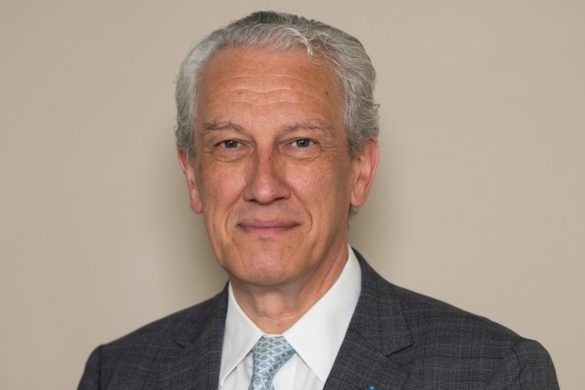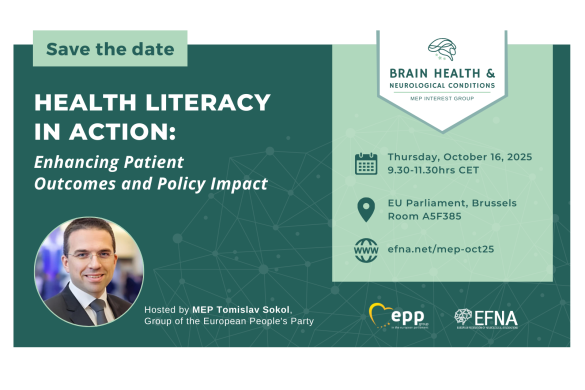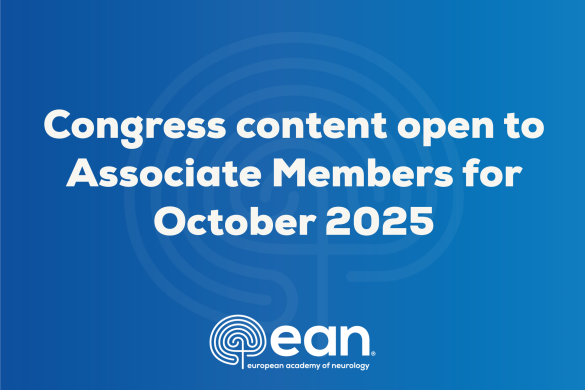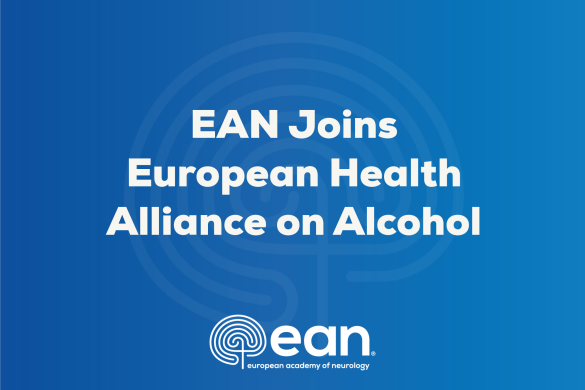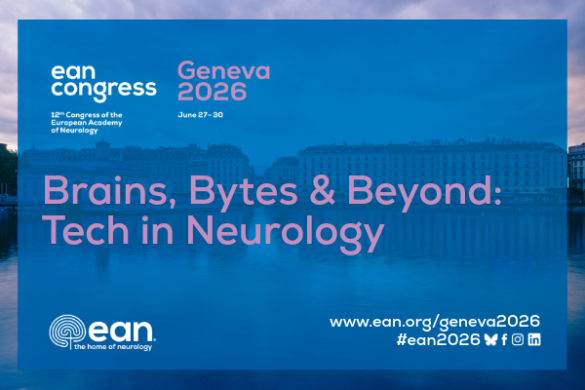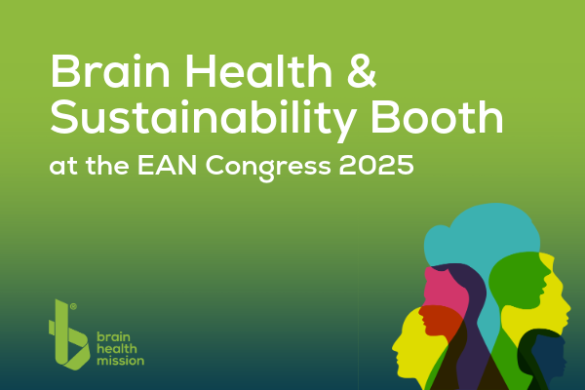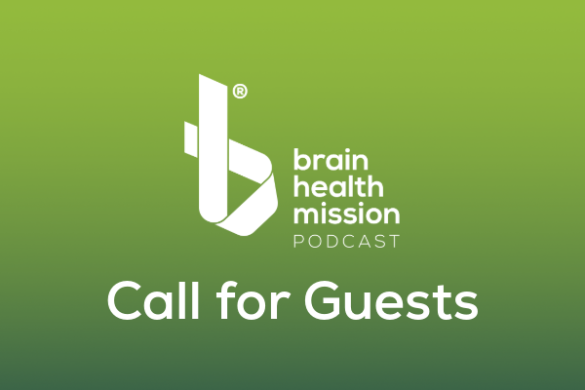by Isabella Colonna
This session, co-hosted with the European Psychiatric Association (EPA), and moderated by EAN Past President, Paul Boon and EPA Board member Prof. Pavel Mohr, focused on the fascinating interplay between neurology and psychiatry, emphasising shared mechanisms across mental and neurological disorders.
Umberto Volpe from Ancona (Italy) opened the session with a very interesting presentation on adolescent brain development. He highlighted that the onset of psychiatric disorders occurs quite early in life, with over 50% of cases beginning before the age of 14, peaking around the age of 20. This developmental period is marked by key challenges: gaining independence from caregivers, exploring new experiences, engaging in risk-taking behaviours, and exhibiting increased sensitivity to social information. Volpe also addressed the significant rise in depression and anxiety among youth during the COVID-19 pandemic, highlighting the role of increased smartphone use as a contributing factor. Social media use in particular has been associated with social isolation, fragmented attention, addiction, and — as the speaker emphasised — sleep deprivation. This last factor may be especially relevant as a risk factor for both neurological and psychiatric disorders. He concluded by underscoring the need for more robust evidence on the impact of smartphone use on adolescents’ cognitive functions and overall well-being.
Missed the session?
Watch it on demand via our Virtual Congress Platform – click here!
The second lecture, delivered by Mohr, from Prague, titled Bridging Neurology and Psychiatry: The Case for Integrated Brain Health, offered a fascinating exploration of the deep interconnection between neurological and psychiatric disciplines. Mohr emphasised a central idea: neurology and psychiatry are both rooted in the brain. Psychiatric disorders are linked to structural and functional changes in the brain, while neurological disorders often present with psychiatric symptoms. In this sense, the brain and mind form a single, interconnected entity. In his presentation, he mentioned the Global Burden of Disease (GBD) Study 2021, which revealed that 13 out of the 25 leading causes of years lived with disability (YLDs) were neurological and psychiatric conditions — a clear sign of their major impact on global health. A key concept in his lecture was the existence of shared pathophysiological mechanisms between psychiatric and neurological disorders. He pointed out that many brain networks — such as the default mode network, limbic network, and sensorimotor network — are commonly involved in both types of conditions. Dysfunction in these networks can manifest as either neurological or psychiatric symptoms. To advance the field, Mohr advocated for transdiagnostic research, focusing on brain networks and functional domains rather than on rigid diagnostic categories. He concluded by stressing the importance of an interdisciplinary approach in both education and clinical training. Clinical care, he argued, should be holistic, cross-specialty, and centered on early intervention and prevention.
Next, Gudrun Gröppel from Linz (Austria) presented a notably insightful talk on the crucial role of child neurology in promoting brain health. She emphasised that many factors influence brain development from the earliest stages of life, with the first three years being particularly important. Among prenatal factors, maternal malnutrition was highlighted as a key risk, potentially leading to reduced vascularisation and impaired development of the middle cerebral artery in the foetus. This can result in suboptimal brain and organ development, as well as an increased risk of anxiety and depression later in life. Prenatal stress also contributes to significant changes in the brain, including decreased gray matter in regions critical for executive functions and visuospatial memory, cortical thinning in the frontal areas, altered connectivity, changes in the size of the amygdala and insula, and effects on the immune system. Regarding early life factors, Gröppel pointed to the negative impact of neglect and violence — even if the child is only a witness — as well as exposure to socioeconomic challenges. For example, low income can lead to chronic stress of the family, which adversely affects child brain development. The role of the neuropaediatrician, she explained, goes beyond clinical care to include family counseling and education, early detection of disorders, and interdisciplinary collaboration to provide targeted interventions. Looking ahead, Gröppel outlined a wishlist for the future: making brain health a public health priority, leveraging artificial intelligence and digital monitoring tools, and expanding telemedicine services.
The final lecture, delivered by Boon, from Ghent (Belgium), offered an interesting overview of the World Health Organization’s (WHO) definition of brain health and Brain Health Mission. He explained that the Brain Health Mission, launched by the European Academy of Neurology in 2023, is based on five key pillars. These include creating a global and international approach to brain health, supporting policymakers at both international and national levels through collaboration with national neurological societies to promote National Brain Plans, and fostering research with an emphasis on the need for increased investment in brain health research. Additionally, the mission focuses on promoting education — with Boon highlighting the EAN Advocacy Training programme — as well as raising public awareness and understanding, underscoring the critical role of advocacy. Boon also emphasised the involvement of many stakeholders in this effort, such as associations, schools, pharmaceutical companies, and policymakers. He noted that the EAN Brain Health Mission supports the World Health Organization’s Intersectoral global action plan on epilepsy and other neurological disorders (IGAP). Finally, he highlighted that Helsinki has been designated the European Capital of Brain Health for both 2024 and 2025.
In summary, this session provided an insightful and thought-provoking overview of the connections between neurology and psychiatry, highlighting the importance of an integrated approach to brain health across all ages.





